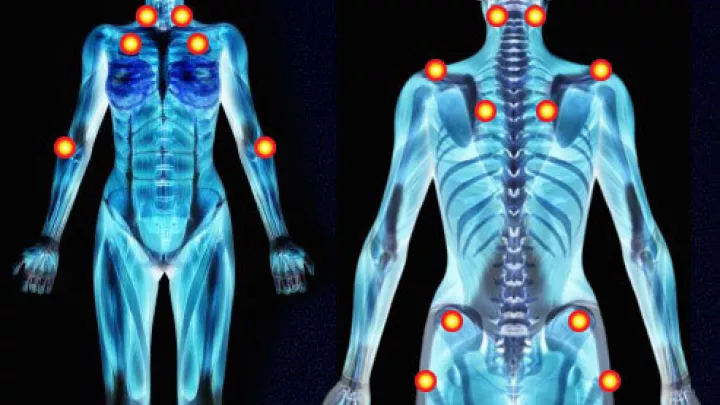
Screening for Mental Health Issues in a Pediatric Emergency Department
In a new study published in the journal Pediatric Emergency Care, investigators at Children’s Hospital Los Angeles piloted a brief mental health screening tool to be used with patients accessing the emergency department for medical complaints who might be at risk for mental health problems. In the U. S., 1 in 10 children and adolescents suffer from mental illness, yet only 1 in 5 receives mental health services. Many undiagnosed mental health conditions can lead to chronic medical conditions that interfere with a child’s normal development and functioning.
“Based on recommendations from organizations, literature and research, it is becoming clear that identifying mental health needs is part of quality medical care,” said Alan L. Nager, MD, MHA, director of Emergency and Transport Medicine at Children’s Hospital Los Angeles and first author on the study. “The emergency department is the ideal place for that assessment to occur.”
Of the 992 patients studied, nearly half (47.5%) responded “yes” to questions about substance abuse, traumatic exposure or behavioral symptoms such as depression and anxiety. This retrospective study was based on a previous quality improvement project that assessed mental health issues among English-speaking patients, 12 years of age or older. Interviews were conducted by physicians in the privacy of the patient’s room, without parent or caregiver present. Patients were asked to answer 11 yes/no questions that covered a range of mental health issues including hyperactivity, exposure to domestic violence, drug and alcohol use, bullying and thoughts of suicide.
“By embedding mental health screening in the emergency department, we are making it part of our health care culture – reducing the stigma associated with mental health problems and providing the opportunity for early identification and treatment for all children,” said Jeffrey I. Gold, PhD, director of the Children’s Outcomes, Research and Evaluation program at CHLA and an author on the study.


